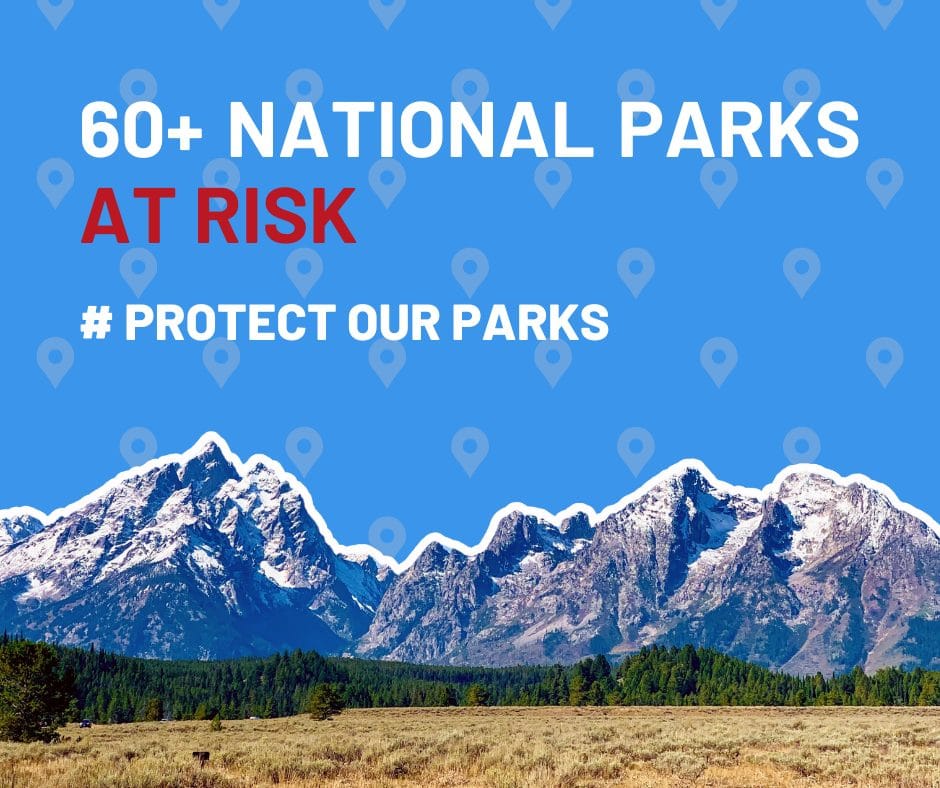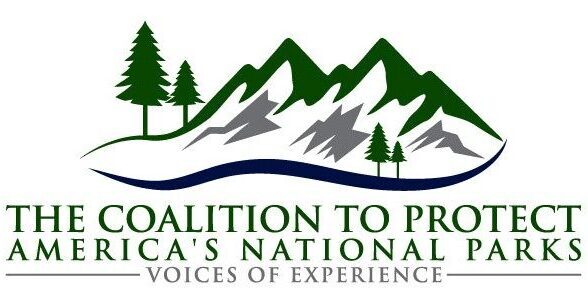A uthor and conservationist Wallace Stegner once wrote that national parks “are the best idea we ever had.” Unfortunately, national parks are increasingly the target of ideas that are antithetical to preserving iconic natural landscapes and the rich fabric of our country’s history. The threats to our national parks – with mass lay-offs and draconian funding cuts – have never been more dire.
uthor and conservationist Wallace Stegner once wrote that national parks “are the best idea we ever had.” Unfortunately, national parks are increasingly the target of ideas that are antithetical to preserving iconic natural landscapes and the rich fabric of our country’s history. The threats to our national parks – with mass lay-offs and draconian funding cuts – have never been more dire.
And now, a new threat is emerging – the prospect of widespread oil and gas drilling on the doorstep of national parks across the country. This threat is emerging on two fronts: one in Congress and one in the Interior Department.
The first – in the form of a bill introduced in February – would require the Bureau of Land Management (BLM) to offer over 200 million acres of public lands for oil and gas leasing several times each year. This is an astonishing amount of land – it’s more than twice as big as the state of Montana. And it includes some of our most sensitive and beloved public lands, placing scenic vistas bordering parks such as Grand Teton, Grand Canyon, Theodore Roosevelt, Mesa Verde, Zion, Great Sand Dunes, Carlsbad Caverns, and Badlands, at risk.
All told, this bill would force BLM to offer drilling rights next to more than sixty units of the National Park System. And there’s not a thing that the National Park Service or the public could do about it.
The “drilling over parks” ethic has also taken root at the Interior Department. Secretary Burgum has enthusiastically embraced this administration’s pro-oil and gas policies. He has identified developing mineral resources as the chief value of public lands and hinted that public lands should be sold-off to developers. And he has already directed BLM to facilitate more drilling by revising or revoking protections near national parks, including around New Mexico’s Chaco Culture National Historical Park.
It should come as no surprise that, under Secretary Burgum’s leadership, BLM is now preparing to offer several leases that adjoin Theodore Roosevelt National Park. Secretary Burgum recently described this park as “the cradle of modern conservation” – if that’s true, then our national parks – along with the rest of our public lands – are in serious trouble.
Time is running out to protect America’s “best idea”; we need members of Congress to stand up for our national parks now before they are irrevocably damaged. We urge you to contact your representatives and tell them how much you value the protection of your national parks and public lands.
